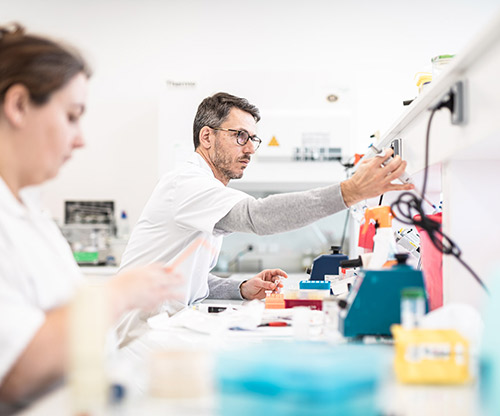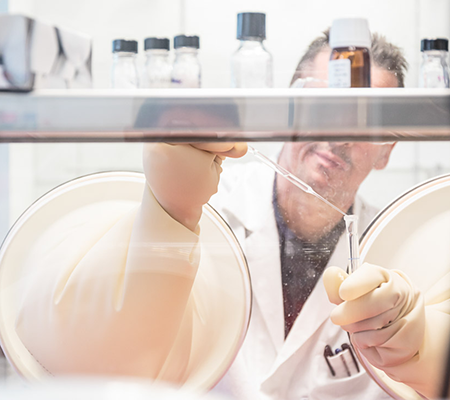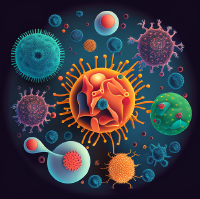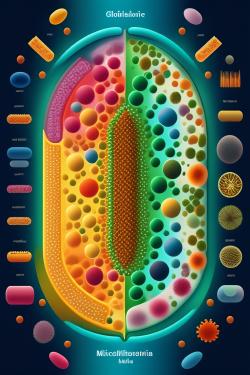
En mars 2022, le projet d’I-Site NExT était définitivement labellisé marquant la fin de sa période probatoire. Depuis, 7,5 millions d’€ ont été investis permettant de renouveler le soutien à plusieurs projets de recherche, d’innovation, de formation, d’innovation pédagogique et de partenariats engagés ces dernières années dans les domaines de la santé et de l'industrie du futur. Retour sur un an d’activités.






 The accessibility to Whole Genome Sequencing (WGS) has been facilitated by the purchase of an Illumina
The accessibility to Whole Genome Sequencing (WGS) has been facilitated by the purchase of an Illumina 

 Microbiome consists of the community of microorganisms (bacteria, fungi, etc.) found in a certain environment. Microbiota corresponds to all living organisms forming a microbiome. These organisms play essential roles by supporting major functions in their specific habitat. In humans, microbiota is crucial and influences Health at all stages of life, in particular by protecting from pathogens and by facilitating the digestion through the transformation of many substrates into metabolites.
Microbiome consists of the community of microorganisms (bacteria, fungi, etc.) found in a certain environment. Microbiota corresponds to all living organisms forming a microbiome. These organisms play essential roles by supporting major functions in their specific habitat. In humans, microbiota is crucial and influences Health at all stages of life, in particular by protecting from pathogens and by facilitating the digestion through the transformation of many substrates into metabolites.
